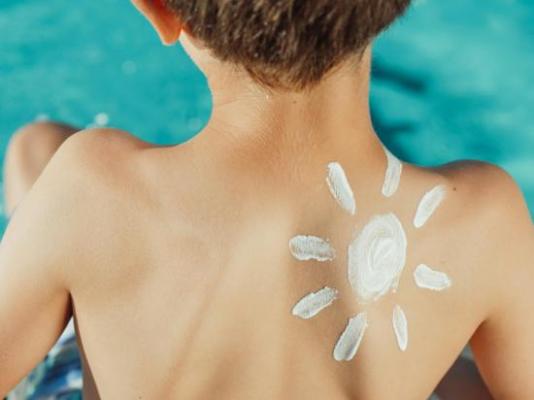What to Know When Buying Sunscreen
Do you know what to look for when you’re buying your sunscreen?
Skin cancer is the most common cancer diagnosis in the U.S., with at least one in five Americans developing skin cancer by age 70.1 Fortunately, it is also one of the most preventable cancers. Wearing sunscreen every day, regardless of what you are doing or what the weather is like, is one of the best and most effective ways to protect your skin and prevent skin cancer. But with so many sunscreen options out there, it’s hard to know what to look for when you’re stocking up for the summer.
What does sunscreen actually do—and what does SPF mean?
Sunscreen creates a protective barrier between your skin and harmful ultraviolet (UV) rays from the sun. UV rays can damage the DNA in skin cells, which can lead to cancer.2 The effectiveness of sunscreen is measured by its sun protection factor (SPF), which represents how well the sunscreen filters out those UV rays.3 The higher the SPF, the greater the protection from sunburn. Sunscreens with lower SPFs provide less protection against UV rays. You should always use sunscreen with SPF 30 or higher that has both UVA and UVB protection (also referred to as ‘broad spectrum’). It’s important to use broad spectrum sunscreen because while UVB rays primarily cause sunburn, UVA rays are also harmful. Overexposure to either UVA or UVB can cause skin cancer.4
What’s the difference between chemical sunscreen and mineral sunscreen?
Chemical sunscreen is absorbed by your skin and changes the chemical structure of UV rays before they cause damage.5 Mineral (or physical) sunscreens, on the other hand, sit on top of your skin, creating a barrier blocking and scattering the rays before they can penetrate.6 Despite their descriptions, both chemical and mineral sunscreens contain chemicals. Mineral sunscreens are often more sensitive-skin friendly, but they can leave a white cast (a chalky, white residue), especially on darker skin. Chemical sunscreens rub into your skin more easily, but they need to be reapplied more often than mineral ones.
In recent years, more and more inclusive options that do not leave a white cast have become available. Some examples are ‘clear’ or transparent sunscreens, gel sunscreens and tinted sunscreens.
Many sunscreens on shelves today are hybrids of chemical and mineral sunscreens, combining the benefits of both.
What type of sunscreen should I buy?





















